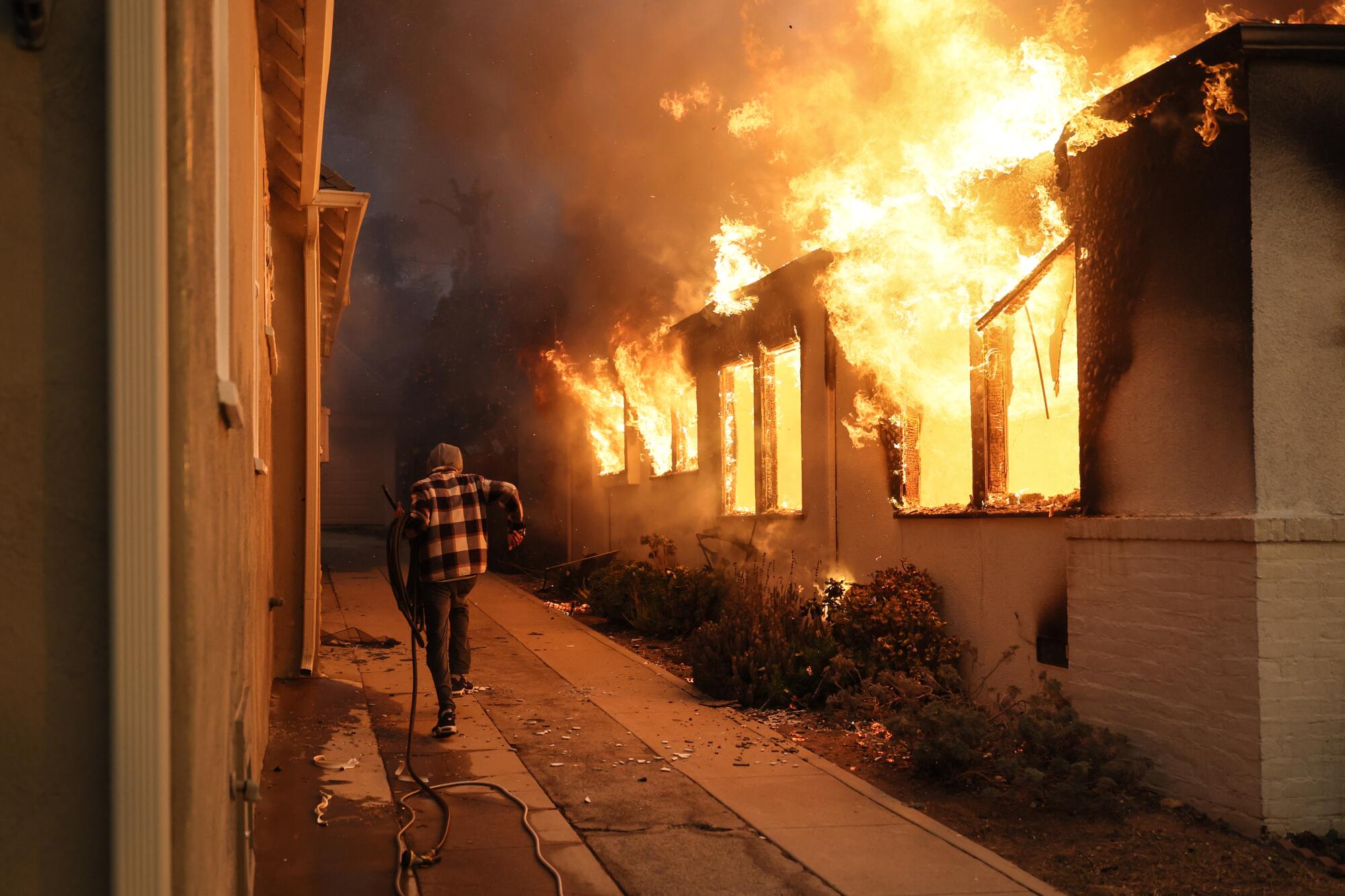Corneal ulcers in pets can lead to blindness if left untreated...the importance of eye health care Your pet's eyes are their window to the world and an important measure of their health and happiness. One of the most common eye conditions seen in dogs and cats these days is corneal ulcers. The cornea is the outermost, transparent tissue of the eye that protects the eye from external stimuli and allows light to pass through for vision. However, various traumas, infections, and environmental factors can damage this cornea4519. The main causes of corneal ulcers are fights with other animals, scratches from claws, shampoo getting into the eye while bathing, structural problems where eyelashes irritate the eye, and dry eye syndrome. Brachycephalic breeds with protruding eyes, such as Shih Tzus, Chihuahuas, and Pekingese, are especially at risk for corneal damage and need extra attention4. The symptoms are relatively clear. Your pet may not be able to open their eyes properly, they may...
As climate hazards worsen, Trump moves to weaken FEMA and shift disaster response onto states
FEMA is experiencing layoffs, budget cuts, grant cancellations and other challenges at the start of wildfire and hurricane season.
President Trump wants to shift disaster response responsibilities away from the federal government and onto the states.
Experts say the changes at the agency could leave millions of Americans vulnerable as climate disasters get worse.
The recent firing of the head of the Federal Emergency Management Agency is just the latest in a string of blows for the nation’s top disaster-response agency, which has been repeatedly undercut by the Trump administration’s efforts to rein in spending and restructure the federal government.
The dismissal of acting Director Cameron Hamilton on May 8 adds to ongoing layoffs, budget cuts, grant cancellations and leadership changes at FEMA, and officials now say the agency could run out of money as soon as July. That’s just in time for “danger season” — the time of year when extreme weather events typically peak and converge.
Experts say the turmoil at FEMA will leave millions of Americans vulnerable as climate-change-fueled disasters get worse in the months and years ahead — particularly as President Trump seeks to shift more of the burden of disaster response away from the federal government and onto the states. In the wake of January’s destructive firestorm in Los Angeles, FEMA notably opted to break from its decades-long tradition of testing soil for contaminants, as The Times first reported.
“I’m very worried about what the next few months look like for communities that are going to be impacted by a wildfire, or a tornado, or a hurricane, or a flood,” said Rob Moore, a senior policy analyst at the nonprofit Natural Resources Defense Council. “The assistance that we have come to rely upon is no longer there. It’s just not there.”

Climate & Environment
FEMA doubles down on its decision to not test soil as part of wildfire cleanupFeb. 15, 2025
In recent months, the president has called for shrinking or even eliminating FEMA, which he accused in a Jan. 24 executive order of overspending and political bias. At a news conference in L.A. after the fires, Trump described FEMA as a “very expensive and mostly failed situation.”
“You don’t need FEMA — you need a good state government,” he said.
But California, along with the rest of the nation, is struggling to keep pace with more frequent and destructive environmental disasters fueled by human-caused climate change. The National Oceanic and Atmospheric Administration documented 27 weather- and climate-related disasters in 2024 that each measured at least $1 billion in losses, just shy of the record 28 billion-dollar disasters set in 2023.
Over the last five years, California alone has suffered catastrophic atmospheric rivers and flooding, devastating drought and water shortages, deadly heat waves and record-shattering wildfires — not to mention earthquakes, snowstorms and even a rare tropical storm. The disasters have racked up billions in losses — the L.A. fires are estimated to have cost $250 billion — and experts say they are likely to only worsen in years ahead.

Samuel Girma tries to outrun the heat of a smoldering house on La Paz Road during the Eaton fire in Los Angeles in January.
(Robert Gauthier/Los Angeles Times)
Responding to such disasters is more than any single state can handle, particularly smaller states but even one such as California, which has the fourth-largest economy in the world, according to Pete Maysmith, president of the nonprofit League of Conservation Voters.
“States — whether it’s California or any state — need the federal government as these disasters get more and more intense,” Maysmith said. “We all have different connections to different places that have been ravaged and savaged by floods and by fires and by tornadoes and by hurricanes, and it’s the role of the federal government to care for the people of this country when disaster strikes.”
FEMA officials told The Times that the agency is working to strengthen and enhance its partnerships with state, local and tribal governments, and that it is committed to ensuring Americans get the help they need during emergencies. But they also affirmed their plan to move more of those responsibilities away from the federal government.
“Disasters are best when they’re managed at the state and local level,” agency officials wrote in an email. “We’re ensuring our role supports decisions that need to happen at the state and local levels.”
Moore said it doesn’t have to be an either/or scenario. The government shouldn’t eliminate or hobble the federal disaster-response infrastructure — but also, states can do more to prepare for and respond to disasters, such as investing in climate resilience and expanding their emergency management capacity.
Rebalancing federal, state and local responsibilities with regard to disaster response and recovery is “a conversation worth having,” he said, but such changes would require thoughtful cooperation and a slow transition to ensure states have the budgets, staffing and supplies needed to protect the public.
“The result of the administration’s unraveling of the disaster safety net is somebody’s going to pay, and if you want to know who, just go look in the mirror,” Moore said. “It’s going to be individuals that are going to have to basically self-finance their recovery, and mayors and governors that are ... left holding the bag.”

Climate & Environment
For Subscribers
When FEMA failed to test soil for toxic substances after the L.A. fires, The Times had it done. The results were alarmingMay 4, 2025
Thousands of people agree with him. A federal review council seeking input on FEMA’s future has racked up more than 11,000 public comments ahead of a Thursday deadline, many in support of the agency.
“FEMA should be kept in place, because we are constantly having disasters strike our nation,” one citizen wrote in the public forum. “People in many places in America are in an economic position that doesn’t allow them to purchase insurance against flooding, wind damage, and or forest fires[.] Please save this great program.”
Hamilton, the former acting director, was fired only one day after he testified about the agency’s importance in Congress — stating, “I do not believe it is in the best interests of the American people to eliminate the Federal Emergency Management Agency.”
The decision to fire Hamilton as hurricane season rapidly approaches is “flabbergasting, even for the Trump administration,” said Carly Fabian, senior policy advocate with nonprofit advocacy organization Public Citizen.

Dry corn grows in a field during a 2024 drought in Washington Court House, Ohio.
(Joshua A. Bickel / Associated Press)
“Dissolving FEMA would leave a void that state governments cannot pretend to fill,” Fabian wrote in a statement. “Over the next few months, disasters will strike the U.S. It is not a question of if — it is simply a question of where these disasters will happen.”
Hamilton’s firing adds him to the ranks of an estimated 2,000 staffers at FEMA who have been laid off or taken a buyout this year — some 30% of its workforce, according to multiple reports. His successor, David Richardson, warned staff not to interfere with upcoming changes and vowed to “find out how to push things down to the states.”
“I, and I alone, speak for FEMA,” Richardson said during an all-hands meeting Friday, according to leaked video footage obtained by CBS News. “I am here to carry out President Trump’s intent.”

Politics
Whether it’s his plan or not, Trump’s policies so far closely align with Project 2025May 9, 2025
Leadership changes are only some of many recent actions the Trump administration has taken to undercut federal emergency response, including the near-total dissolution of AmeriCorps, a program that deploys about 2,000 young volunteers to FEMA and other disaster-relief organizations each year. California and two dozen other states are suing the administration over its cancellation.
The administration also decided to end a FEMA grant program known as Building Resilient Infrastructure and Communities, or BRIC, which was designed to help state and local governments reduce their risk of environmental hazards. The estimated loss from terminated BRIC funds awarded under the Biden administration is $882 million, according to a news release from the agency.
“The BRIC program was yet another example of a wasteful and ineffective FEMA program. It was more concerned with political agendas than helping Americans affected by natural disasters,” FEMA officials wrote in the release. (Last month, a court ruled that the president’s claims of political bias at FEMA were unfounded.)

John Nguyen sprays water to cool off after shooting hoops during a hot weather day in Deerfield, Ill..
(Nam Y. Huh / Associated Press)
Not all of FEMA’s woes are tied to President Trump, however. This is the third year in a row that the agency is poised to run out of disaster-relief funding before the onset of hurricane season, with FEMA’s most recent monthly report projecting that the fund could dry up as soon as July or August. The fund is allocated annually by Congress, and the agency has already spent or committed $42 billion of its $67 billion budget this year, according to the federal spending database.
FEMA has also been subject to criticism from both sides of the aisle, including concerns about mismanagement and inadequate response to disasters under the Biden administration such as Hurricane Helene in 2024 and the wildfire in Maui the year before. Many lawmakers have been pushing for reform at the agency since at least 2006, when a bipartisan Congressional investigation concluded that FEMA was unprepared for Hurricane Katrina.
Such disasters have only increased in the years since then. A 2024 report from the independent Government Accountability Office found that mounting disasters have “stretched FEMA’s workforce in unprecedented ways.” The number of disasters the agency manages at the peak of hurricane season has more than doubled over the last seven years, from 30 in 2016 to 71 in 2023, the report says.

Climate & Environment
‘Another broken promise’: California environmental groups reel from EPA grant cancellationsMay 8, 2025
Yet the Trump administration’s response to these mounting crises is to simply stop counting them: Federal officials last week announced that NOAA will no longer be updating its database of billion-dollar disasters, outraging environmental groups.
“Billion-dollar disasters won’t stop just because we stop tracking them,” read a statement from Alex Glass, communications director with the nonprofit group Climate Power. “Trump is trying to hide the true cost of the climate crisis, while American families pay the price.”
The president’s defanging of FEMA and other climate programs will affect states across the country — including many that voted for him. The administration in recent weeks has denied requests for disaster aid following tornadoes in Arkansas, floods in West Virginia and hurricanes in Georgia and North Carolina.
Maysmith, of the League of Conservation Voters, said it is “unconscionable” for FEMA to walk away from its responsibilities, as it will not only shift the onus of recovery onto states and local governments but also to individuals.
“It means people’s lives are harder, because when, through no fault of their own, their house burns or their house floods or their house is swept away or their business is swept away — whatever the disaster might be — their life is going to be irreparably changed in so many ways,” Maysmith said. “We can’t fix it all, but the thing that they need is for the government to step up and help.”

댓글
댓글 쓰기